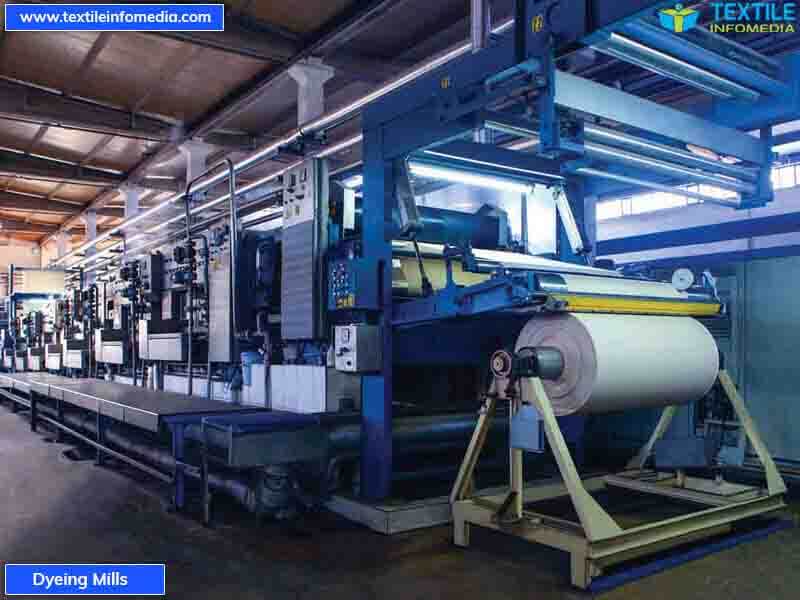Application of Industrial Engineering in Garment Industry
Abdullah Al
Mamun
Assistant
Manager-IE
Fareast
Knitting & Dyeing Industrial ltd
E-mail:
ie.mamun@fareastknit.com
Industrial engineers determine the most effective ways for an
organization to use the basic factors of production - people, machines,
materials, information, and energy - to make or process a product or produce a
service. They are the bridge between management goals and operational
performance. They are more concerned with increasing productivity through the
management of people, methods of business organization, and technology than are
engineers in other specialties, who generally work more with products or
processes.
It is important to know why one should set up an IE department in garment factory. I have taken help of two questions to explain this topic in detail. Two questions are -
It is important to know why one should set up an IE department in garment factory. I have taken help of two questions to explain this topic in detail. Two questions are -
1.
What is the application of Industrial Engineering
in apparel industry?
2.
How Industrial Engineering concepts are used by
apparel manufacturers?
What is the application of Industrial Engineering in apparel industry?
Industrial
Engineering concepts are used in garment manufacturing to fulfill the following
purposes –
Ø
Monitoring production floor and having better
control over the production floor.
Ø
Improving processes and improving method of working
to increase factory's overall performance and standardized garment
manufacturing processes.
Overall
application of Industrial engineering can be explained better by describing
common tasks of the IE department. Common tasks of an IE department are as
following but not limited to these
Ø
Work measurement of sewing operations, cutting room
jobs and finishing jobs
Ø
Setting standard time for sewing operations and
manual operations
Ø
Style analysis and conducting research and
development (R&D) of the styles
Ø
Improving method of work and design
workstation
Ø
Production planning and factory capacity
determination
Ø
Work aids development
Ø
Work station designing and machine layout planning
Ø
Labor cost estimation
Ø
Performance measuring of workers
Ø
Training of workers (sewing operators)
Ø
Designing incentive scheme and calculating
incentive for sewing operators
Ø
Setting line production target of the sewing lines
and chasing production from line supervisors and operators
Ø
Application of lean tools
How Industrial Engineering Concepts are
used by apparel manufacturers?
Factories
those are using IE techniques mostly have a complete IE set up (department). An
IE department consists of an IE managers (in-charge) and Industrial Engineers
and juniors engineers. The strength of IE team widely varies based on the
maturity level of the department and on the focus of application of Industrial
Engineering. Without having enough team members, an IE department cannot work
effectively.
Industrial Engineers are utilized in the following ways but not limited to those -
Industrial Engineers are utilized in the following ways but not limited to those -
Factories
apply all or few of the above listed functions to
Ø
Assist line supervisors by preparing resource
requirement plan (machines and equipment and manpower), line setting and line
balancing etc.
Ø
Assist production managers in target planning and
production planning.
Ø
Help merchandiser and marketing personnel by
providing labor cost and production lead time.
Ø
Help HR department by providing operator
performance level, and help in operator recruitment.
Ø
Prepare MIS reports and show management team
product status on daily basis and alert management team if their attention is
needed.
Ø
Set up standards operating procedures for new
tasks, new process required for ever changing fashion products.
More than the regular jobs, IEs are also responsible for thinking of continuous process improvement. Initiation of new projects and implementation of the project that has been undertaken, showing the improvement opportunity within the factory to management team. Engineers are involved in performance improvement tasks of the cutting department and finishing department.
Companies those have limited manpower in IE team, only involves engineers for routine jobs like, making operation bulletin, thread consumption, preparing daily production reports etc.


























